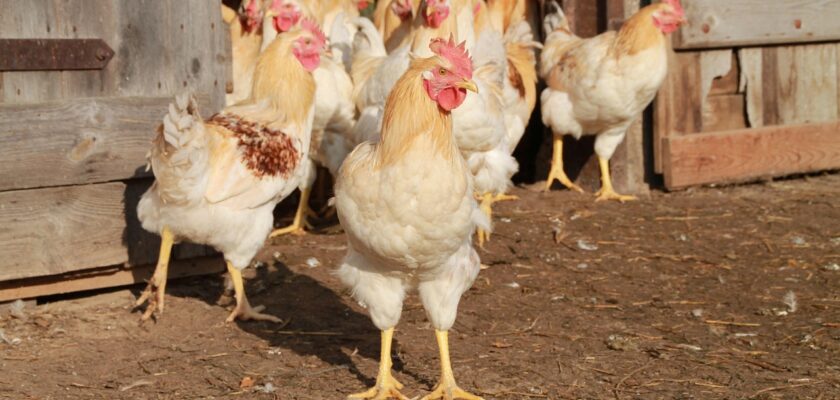Introduction to Straight Run Chickens
If you’re new to raising poultry, you’ve probably stumbled upon the term “straight run chickens” while browsing hatchery catalogs or online farm forums. It might sound like a special breed or a particular method of farming, but it actually refers to something much simpler—unsexed chicks sold as-is from the hatchery. Whether you’re starting a backyard coop or expanding your existing flock, understanding what straight run means is crucial to planning your poultry journey.
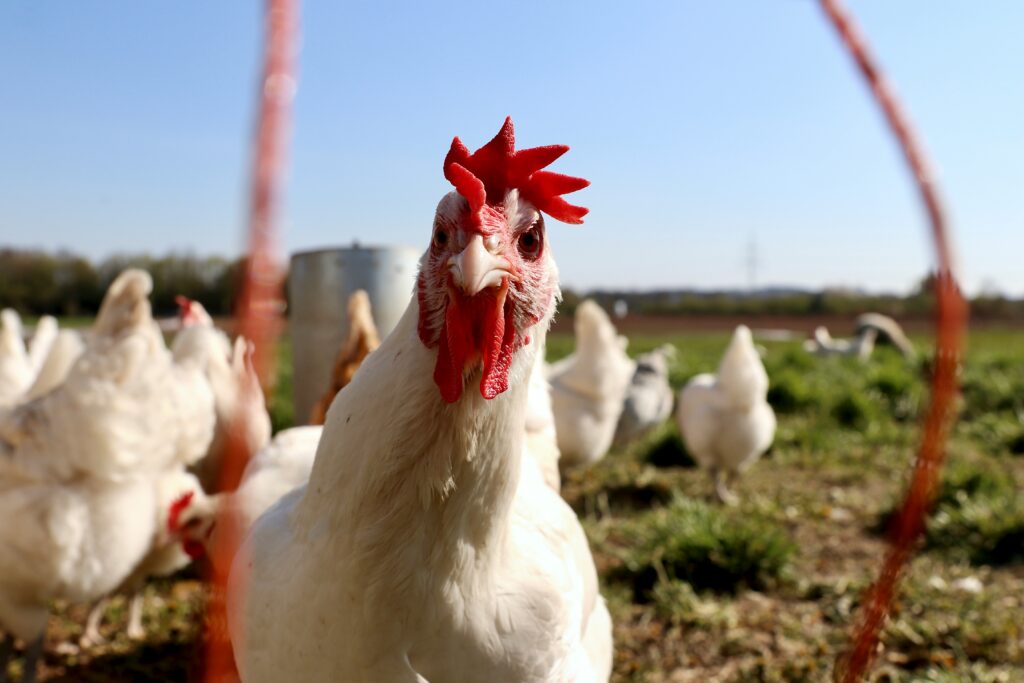
Photo by Finn Mund on Unsplash
Understanding the Term “Straight Run”
At its core, straight run simply means that the chicks haven’t been sorted by sex. When you order straight run chicks, you’re getting a mix of both males (roosters) and females (hens), often at random ratios.
Straight Run vs. Sexed Chicks
| Feature | Straight Run Chickens | Sexed Chickens |
| Gender Identification | Not sorted | Professionally sexed |
| Ratio | Approx. 50% roosters, 50% hens | Mostly hens (or as ordered) |
| Cost | Lower | Higher due to labor involved |
Why Hatcheries Offer Straight Run Chickens
- It’s less labor-intensive for hatcheries.
- Ideal for meat bird producers where gender isn’t always a concern.
- More economical option for large-scale or flexible flock keepers.
Pros of Buying Straight Run Chickens
Cost-Effective Option
Straight run chicks are usually 20-30% cheaper than their sexed counterparts, making them a budget-friendly option for beginners or large-scale poultry keepers.
Larger Flock Variety
With both genders in the mix, you get a more natural flock dynamic—complete with crowing roosters and egg-laying hens.
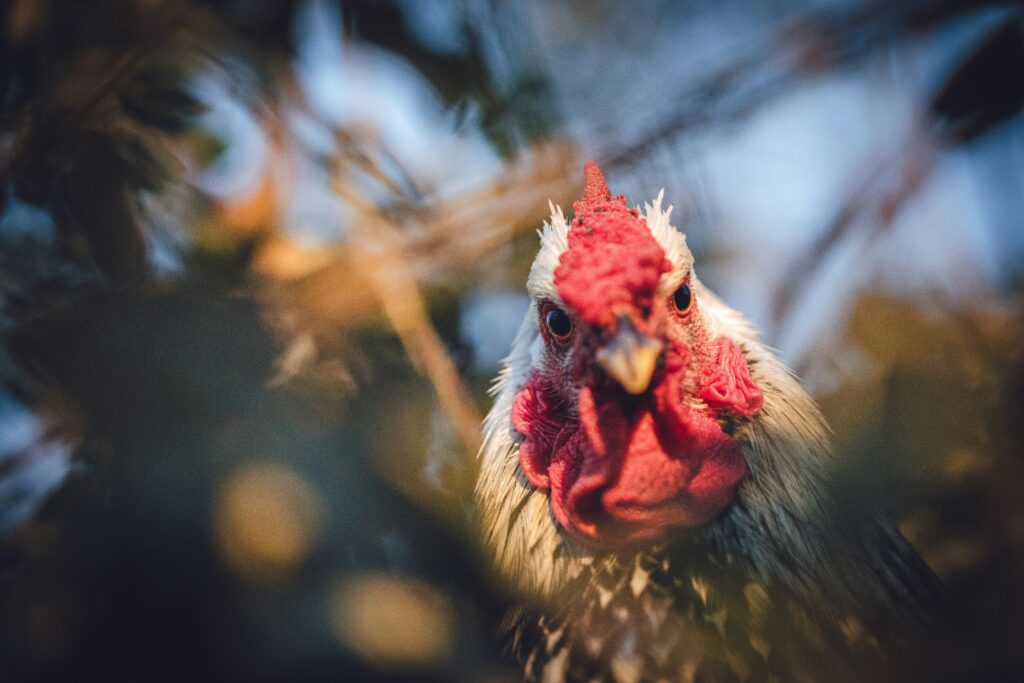
Photo by Jason Leung on Unsplash
Cons of Buying Straight Run Chickens
Risk of Unwanted Roosters
Unless you’re raising meat birds or have zoning permissions, too many roosters can be a problem—loud, territorial, and often aggressive if not managed properly.
Flock Management Challenges
Rooster-to-hen ratio becomes critical. Too many roosters can cause over-mating, stress, and even injury to hens.
Best Practices for Raising Straight Run Chickens
Brooding Requirements
- Use a heat lamp or brooder heater (95°F in week one, reduce by 5°F weekly).
- Keep bedding clean to prevent respiratory illness.
Space Considerations
Ensure a minimum of 2–3 square feet per chick indoors and at least 8–10 square feet per bird in the run once they mature.
Feeding and Nutrition
- Starter feed (18–20% protein) until 6-8 weeks.
- Transition to grower feed, then layer or meat bird feed depending on use.
How to Identify Roosters from Hens (If Unsexed)
Visual and Behavioral Signs
- Comb and wattle growth: Roosters develop these earlier and more prominently.
- Feathering: Roosters may have more upright tail feathers and shinier plumage.
- Behavior: Roosters tend to be more assertive or even stand-offish.
Age Indicators of Sex
- Most birds reveal sex characteristics by 6-10 weeks.
- Some breeds, especially sex-linked varieties, can be identified earlier.
When to Separate Roosters
Preventing Pecking and Fighting
- Once they hit puberty (12-16 weeks), roosters may begin to fight for dominance.
- You may need to separate or rehome aggressive males or use bachelor pens.
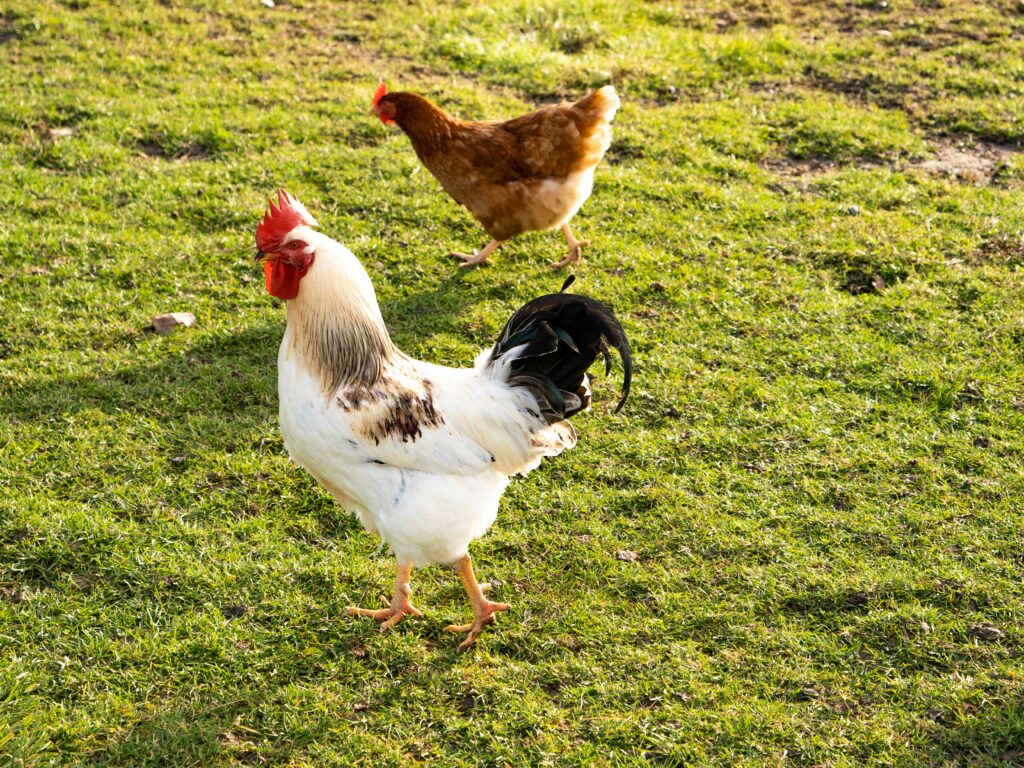
Photo by Verstappen Photography on Unsplash
Ideal Breeds for Straight Run Purchase
Dual-Purpose Breeds
These offer a balance of meat and egg production. Ideal if you plan to keep both hens and roosters.
- Orpingtons
- Plymouth Rocks
- Australorps
Fast-Growing Meat Breeds
Perfect for straight run if your goal is to butcher early.
- Cornish Cross
- Red Rangers
Straight Run Chickens in Backyard Flocks
Urban vs. Rural Considerations
- Urban areas may have restrictions on roosters due to noise ordinances.
- Rural areas are more flexible, making straight run a great fit for hobby farms and homesteaders.
FAQs About Straight Run Chickens
1. Can I choose the gender of straight run chicks?
No, straight run chicks are sold unsexed. It’s essentially a 50/50 chance for each chick.
2. What’s the average rooster-to-hen ratio in straight run orders?
Typically around 50/50, though nature doesn’t always hit the exact mark.
3. Are roosters dangerous to keep?
Roosters can become territorial or aggressive, especially in confined flocks or if there are too many competing males.
4. Can I eat roosters if I get too many?
Yes. Many people raise extra roosters as meat birds or stew birds.
5. How soon can I tell if a chick is a rooster?
Usually between 6 to 10 weeks, though breed and experience can make a difference.
6. What should I do with unwanted roosters?
Options include rehoming, processing for meat, or keeping them in a separate bachelor coop.
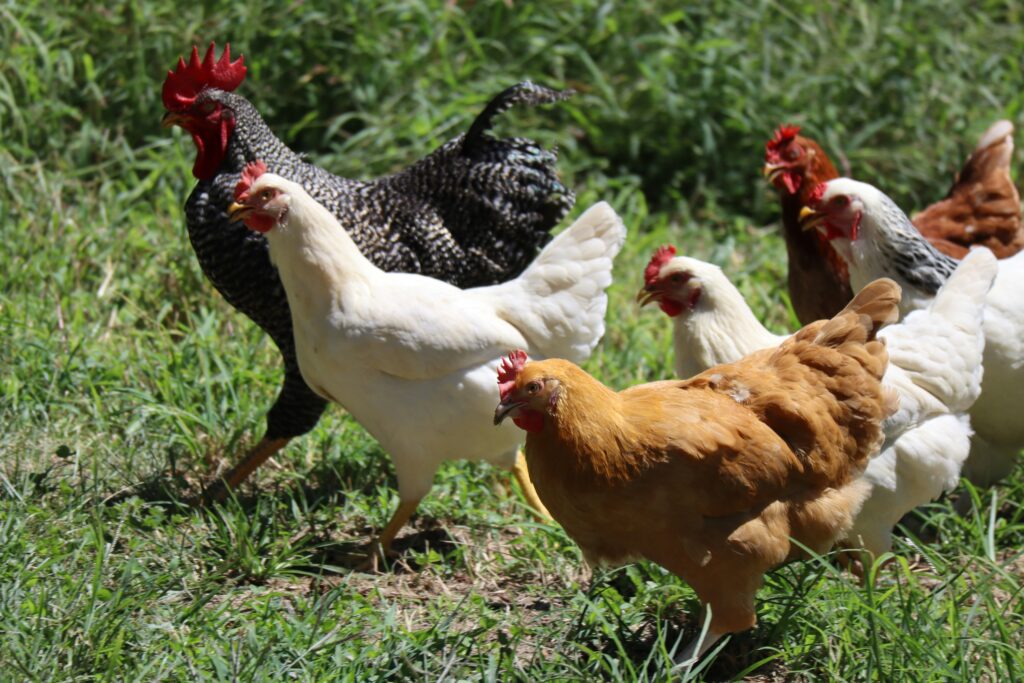
Photo by Zachariah Smith on Unsplash
Conclusion: Are Straight Run Chickens Right for You?
Straight run chickens offer an affordable, natural flock option—but they’re not for everyone. If you’re okay with a mix of hens and roosters, enjoy managing a varied flock, or plan to raise meat birds, straight run is a smart, cost-effective way to go. Just be ready to make tough calls on excess roosters and invest time in flock management.
